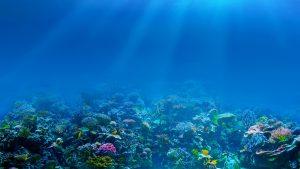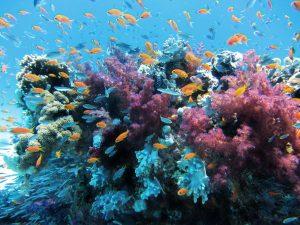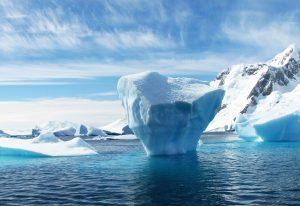Imagine a world where protecting our oceans doesn’t just rely on goodwill and massive budgets, but on smart, market-driven strategies that make conservation economically feasible for all nations. This is the vision behind a groundbreaking proposal from researchers at UC Santa Barbara. They’ve introduced a market-based approach that could turn the ambitious “30×30” initiative—a global effort to protect 30 percent of Earth’s surface by 2030—into a more achievable reality.
The 30×30 Challenge
The “30×30” initiative is part of the Global Biodiversity Framework (GBF), adopted by 196 countries in 2022. Its goal is to protect 30 percent of the world’s terrestrial, freshwater, coastal, and marine areas by 2030. This initiative is critical for the health of our planet. However, despite broad support, the high costs of conservation have often stalled progress. Protecting marine habitats is not just a matter of policy but of resources, which vary significantly from one country to another.
Enter the Conservation Credit System
Researchers from UC Santa Barbara’s Environmental Markets Lab (emLab) have proposed a novel solution: a conservation credit system. This system allows countries to trade their conservation obligations. Essentially, a country facing high costs for marine protection can pay another country, where conservation is cheaper, to take on additional responsibilities. This approach is designed to adhere to strict ecological principles, ensuring that conservation efforts remain effective and equitable.
How It Works
The credit system operates through a “transferable conservation market,” where countries can buy and sell conservation credits within predefined “trade bubbles.” These bubbles are based on biological and geographic factors to ensure that conservation efforts are balanced across different marine habitats.
For instance, Norway, with its valuable fisheries, might pay Palau, which has already invested significantly in coastal conservation, to protect additional marine areas on its behalf. This trade ensures that Norway meets its conservation goals cost-effectively while Palau benefits financially.
The Numbers Don’t Lie
The results of this market-based approach are impressive. Using data from 23,699 marine species and fisheries revenue, the researchers built conservation supply curves for coastal nations. Their model showed that a market for marine conservation consistently reduced costs, with potential savings ranging from 37.4 to 98 percent. This highlights how inefficient it is to impose uniform conservation obligations without considering the diverse economic and ecological contexts of different countries.
Addressing Equity Concerns
One of the main concerns about this system is the risk of “conservation colonialism,” where wealthier nations might offload their obligations onto poorer ones. However, the voluntary nature of the market means that countries only engage in trades that are beneficial to them. This system can be particularly advantageous for developing nations, providing them with the flexibility to balance their financial constraints with their conservation goals.
Additionally, this approach incentivizes habitat restoration. Countries that typically exploit marine resources can compensate those that focus on conserving marine biodiversity. This creates a direct payment system for conservation efforts, something that is often missing in the current framework.
A Win-Win for Global Conservation
Lowering the costs of conservation through this market-based approach not only makes the 30×30 targets more achievable but also allows countries to redirect savings towards other pressing environmental issues. It leverages basic economic principles—used successfully in various industries—to drive global ocean conservation.
In a world where financial constraints often limit environmental action, this innovative approach offers a beacon of hope. By turning conservation into an economically viable activity, we can make significant strides towards protecting our oceans and ensuring a healthier planet for future generations.
So, the next time you hear about the challenges of ocean conservation, remember that smart economic strategies like the conservation credit system could hold the key to a sustainable future. It’s not just about spending more money; it’s about spending it wisely. Let’s make conservation a win-win for everyone involved.







